* ESC - закрити вікно пошуку
Comics
Way To Victory: Why Do We Need Our Own Heroics
21.04.2023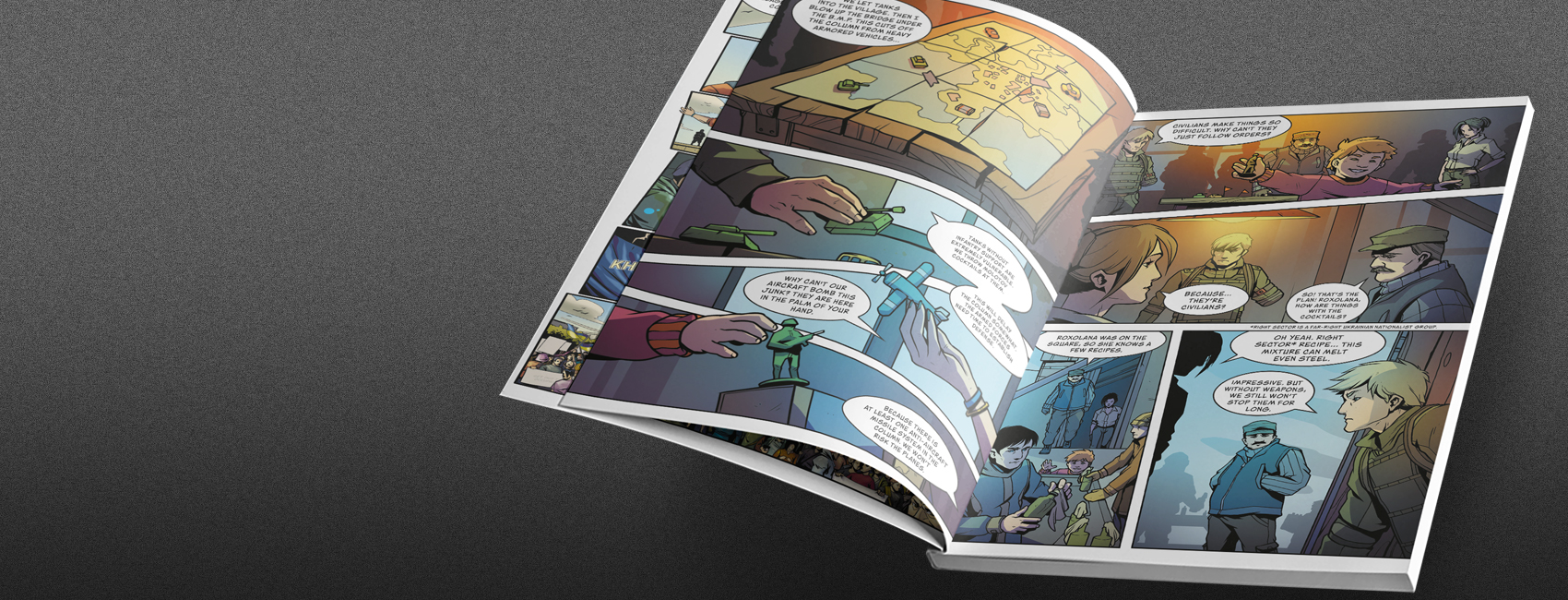
The worm Sigurd slew,
Nor ere shall that deed
Be worsened by age
While the world is alive
(“The Elder Edda”, translated by William Morris and Eirikr Magnusson)
Every epoch, every community and every country needs a hero. That is why the concept of a hero is as ancient as humankind itself. Today, from the height of the modern mindset, it is hard to state how archaic society saw heroism. Because of exploitation of this notion and word even today it is not so easy to clearly articulate who a hero in a modern world is. We’d like to discuss why we have and always will need heroes, and how full-scale invasion influenced this. A comics series “Way to Victory” created by the company Art Nation Loyalty and studio The Will Production will help us.
Every genre, every phenomenon, whether major or minor, in one way or another reaches its peak of development, and then, with each step, moves towards decline and oblivion. It may, of course, be reinterpreted later but will forever be deprived of the initial joy of novelty.
Maybe it is too early to talk about the regression of movie adaptations of American superhero comics or superhero comics as such but with every movie, every arc it becomes more and more obvious that it is even harder for authors to surprise and keep the public interested year after year. The comic book movie, in particular, can stay afloat due to experiments with different genres but let’s be honest there are not so many movies in the Marvel Multiverse that stand out among the rest. Nowadays, it’s not even about the aesthetics of the cultural phenomenon but about the appropriateness of superheroics against the background of pandemics, wars and threats of nuclear attack in the modern world. In other words, to paraphrase Theodor Adorno: are superheroes possible after the genocide of Ukrainians?
Let’s start from the very beginning now.
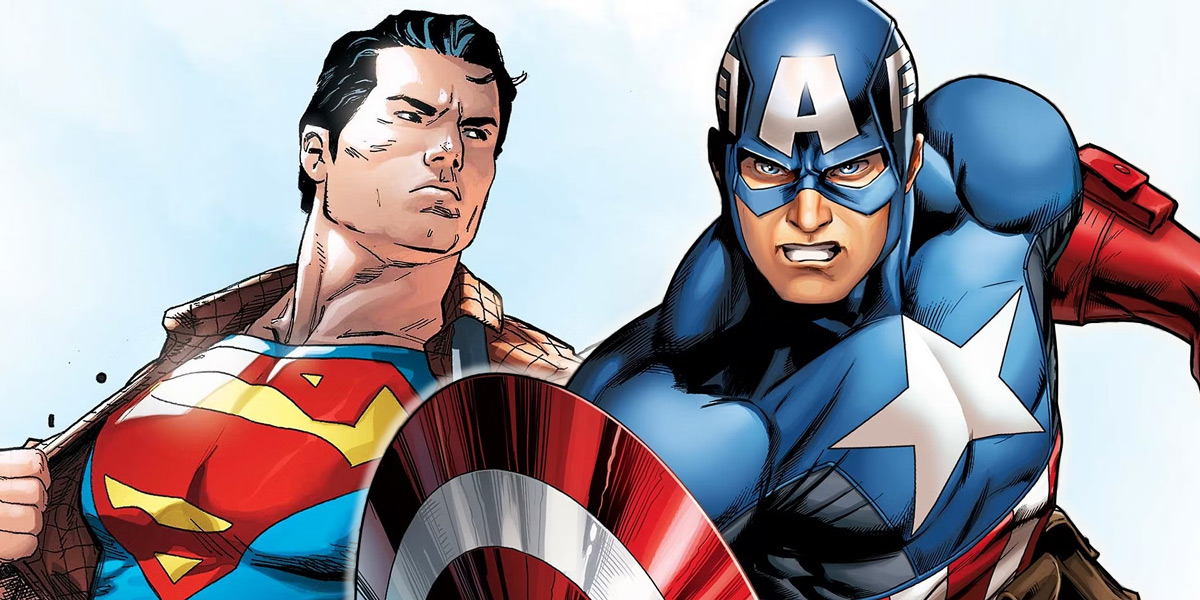
Popular American comics about superheroes appeared in the 1930s of the 20th century. Superman, who appeared on the pages of the first edition of “Action Comics” in 1938, is traditionally considered to be the first superhero, even though there were L’Oiselle, Zorro, the Shadow and Popeye the Sailor Man before him. Besides, the character Flash Gordon saw life two years earlier but it was Superman that became the most important embodiment of a perfect superpowerful character, saving humankind from evil all by himself. A bit later, during WWII, in 1941, Captain America appears as an element of propaganda. Unlike Superman who had extraterrestrial origin, Captain America was really mundane — even too much. Steve Rogers was a small weak boy who had immense spirit, was full of self-devotion, patriotism and bravery. Having undergone transformation in the scientific experiment, Captain America came to protect humankind from the world’s evil.
From the point of view of the history of philosophy and culture, the apparition of a character who had superpowers and the ability to administer justice is a totally organic process. At the end of the 19th century, as we all remember, God died, and not only in the context of religion but also culture. To the center of the universe humankind gradually moved not a perfect absolute or an artist but a human being with all his confrontation with the world, his reflections and expression. No wonder sometimes symbolists and naturalists tried to find a new absolute, a new force of the highest order. The superhero was a kind of substitution of God — no wonder this particular hero visually refers not only to antiquity but also to Jesus Christ and Christianity in general.
Over the Centuries
Both Superman and Captain America are in fact characters of the same order. They are perfect, freshly shaved, smell nicely and have good haircuts; they have superpower, fight on the side of the good. But there’s a great difference between these two characters — their origin. A common reader, no matter how they would want it, can never compare with a Superman (unless born at Krypton). Captain America too is not close to any inhabitant of Earth but he started his way as a weak boy, guided by the inner strength that adds empathy to this character because his previous history is based on a clear message: “Everyone can be a superhero.”
However, the idea of a superhero is not new. It goes back to archaic times, although the vision of the hero of that time was somewhat different from the modern interpretation.
In her work “Mythological Hero: Origin, Fate, Functions” Iryna Kostyuk emphasizes that in the ancient times the word “hero” was not associated with morality or ethics. A son of god born from a woman could be a hero, or a mortal who somehow acquired the characteristics of the divine, or a person of a glorious origin.
Unlike gods, a hero is mortal (let us leave behind that Ragnarök will align everyone: people and gods). But we have to underline an important role of this character: tying natural and spiritual life, he is capable of protecting people in front of gods, as Prometheus, for example. But the most important thing that defines the hero is an act of initiation and suffering that both nurture his character. Yea more: there’s an assumption that the fight of a hero with predators and monsters is a fight not with external but rather internal — a victory over his own weaknesses, fears and negative traits. Later, with the development of the society, wit, as a notable trait of a hero, is added. This is clearly seen in a drama by Euripides “Ciclope” (5th century BC), where Odysseus defeats ciclope Polifemo just because of his intellect, overcoming older forms of conscious that felt powerless against primal and powerful forces that are almost impossible to defend.
A hero, as we see, is connected with the myth anyway and is inseparable from it. Various philosophers interpret mythology in different ways. At this point let’s address Joseph Campbell and his book “The Hero with a Thousand Faces”. According to the author’s point of view, mythology has no simple interpretation. These are a try to explain natural phenomena and the world as it is, and allegorical guides and poetical articulation. But the most central idea of the work is a monomyth: since archaic times mythology and folklore have been unchanged. In other words, both Prometheus and Captain America follow the same path but the older hero is guided by the interests of the collective, while the modern hero is guided by the interests of the individual. However, there is room for discussion about the motives of the modern hero, since his actions are also mostly aimed at saving humankind, for the benefit of society.
Overcoming a trauma
“The Myth of the Eternal Return” by Mircea Eliade, published before Campbell’s book works with the problem of myth in an alike way. The author places an emphasis on the abiding craving of people to go back to mythmaking, rituals.
And rituals, according to Eliade, help us to “escape” from the terrible historical, profane time and get closer to the sacred, mythological time. This protection from history has its own mechanism, which means that archaic people took care to protect us from the ruthless history. The first method of protection is implemented by “concept of archetypes”, in which a historical figure acquires the perfect characteristics and is transformed into a hero, and then, associated with him, is transformed into a legend or myth or a kind of true tale. The second method sees the historical situation more globally, more broadly, endowing traumatic events with a mission, a higher meaning.
But you might ask: where are those archaic people with their myth-making and where are we, and what do we have to do with it? The full-scale russian-Ukrainian war is a historical event whose impact is difficult to avoid for Ukrainians — almost impossible: neither at the front, nor in the rear area, nor while being temporarily displaced abroad.
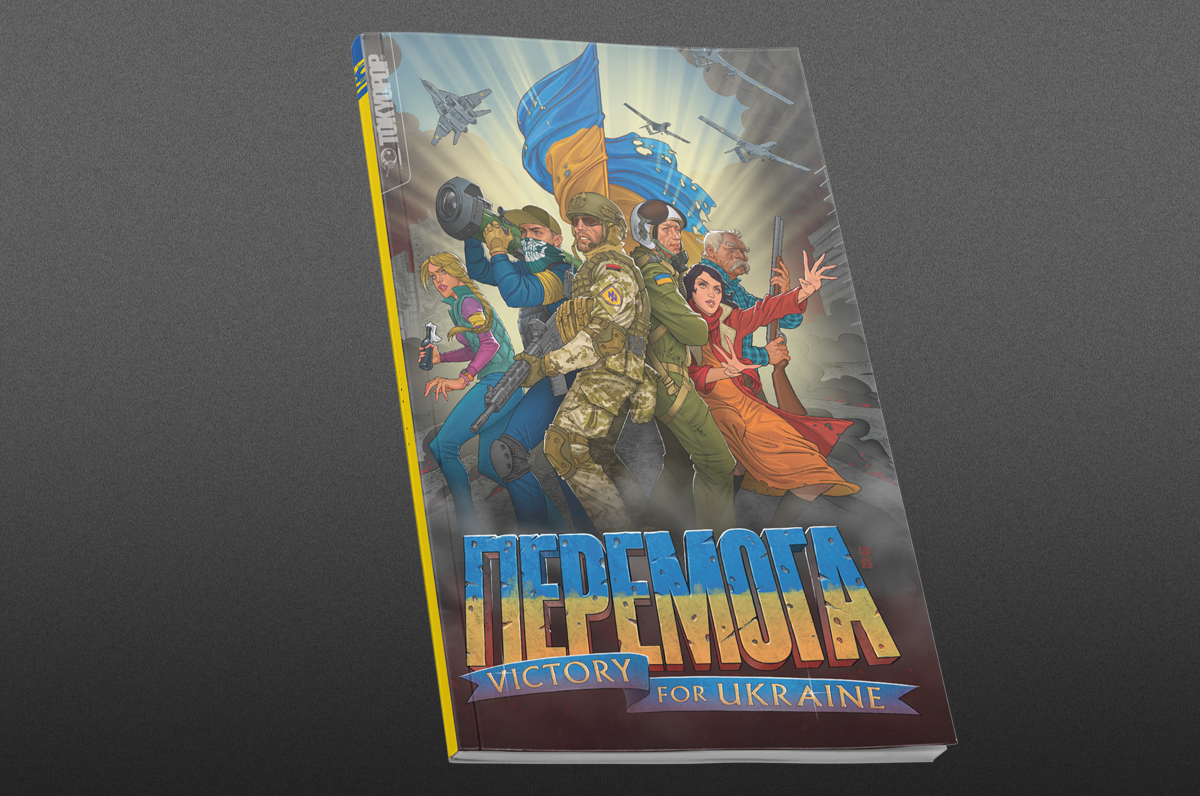
It might seem that it is impossible to avoid history that has a direct, powerful and physical impact, that is history actually kills — but we, Ukrainians, just like generations of people who lived before us, are innate to escapism into mythology. Since the first days of the full-scale invasion, Ukrainians have been waiting for the support of the world, the support of the same Avengers or Justice League, but quickly realized that they are the Justice League. The realities of modern warfare have shown that a hero is not a single chosen character who confronts in both internal and external conflicts. It is not a superman who appears in the sky in a moment of anxiety or real danger.
There was a time when at ComicCons from year to year discussions about what a Ukrainian superhero should be like popped up, and the answer came out on its own in critical times. Ukrainian superhero is a witch of Konotop, an ordinary tractor driver, impossible to catch, fearless and immortal cyber-warrior from Kherson city, bright military men who accommodate civilian drones for military goals, spirit of Kyiv with no name, an embodiment of the brave pilots.
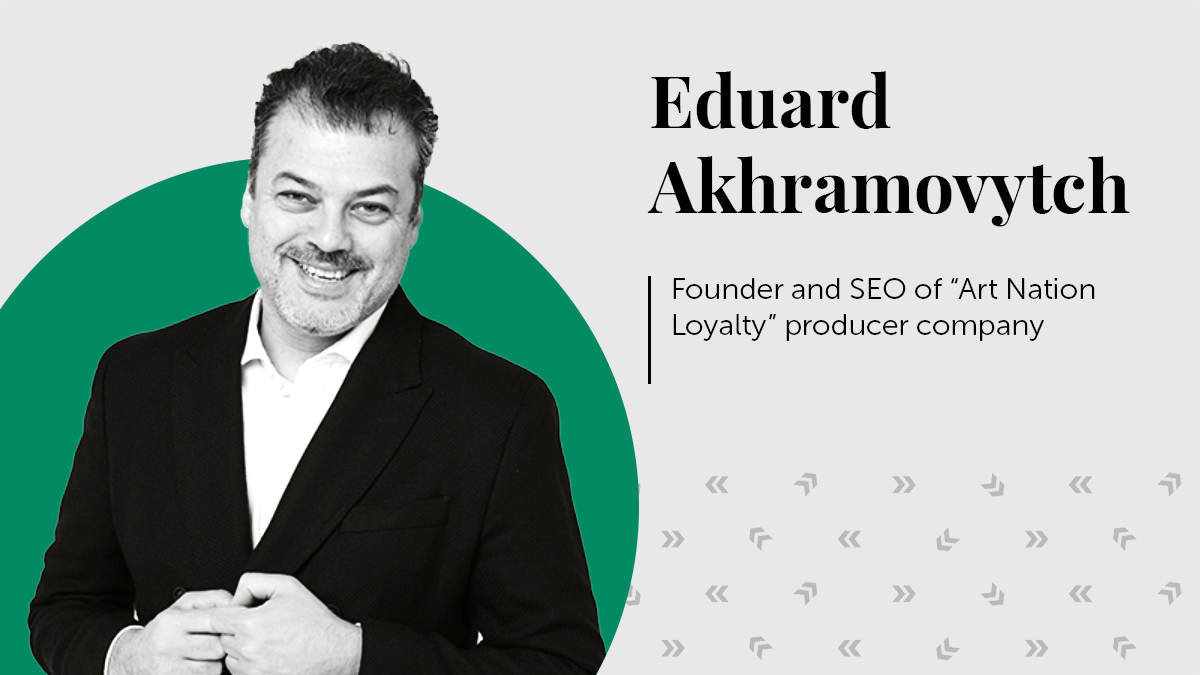
“At the beginning of the full-scale invasion I was in Kyiv. First days and weeks were really hard, one had to comprehend what was going on around. At the beginning of March 2022 when I realized russians had not and would not be able to assault Kyiv there was a hope that grew stronger every day. I thought it would be nice to start making content hot pursuit that could support Ukrainians and inspire them to fight, and that is when I gave a call to Denys Fadeev from The Will Production. It turned out that the comics developers team had a similar idea, so we consolidated our efforts and started working together on taking chronicles of war into comics “Way to Victory.”
Cultural export is really important now, and comics are a popular and easy format that can reveal Ukraine: both heroic and creative.”
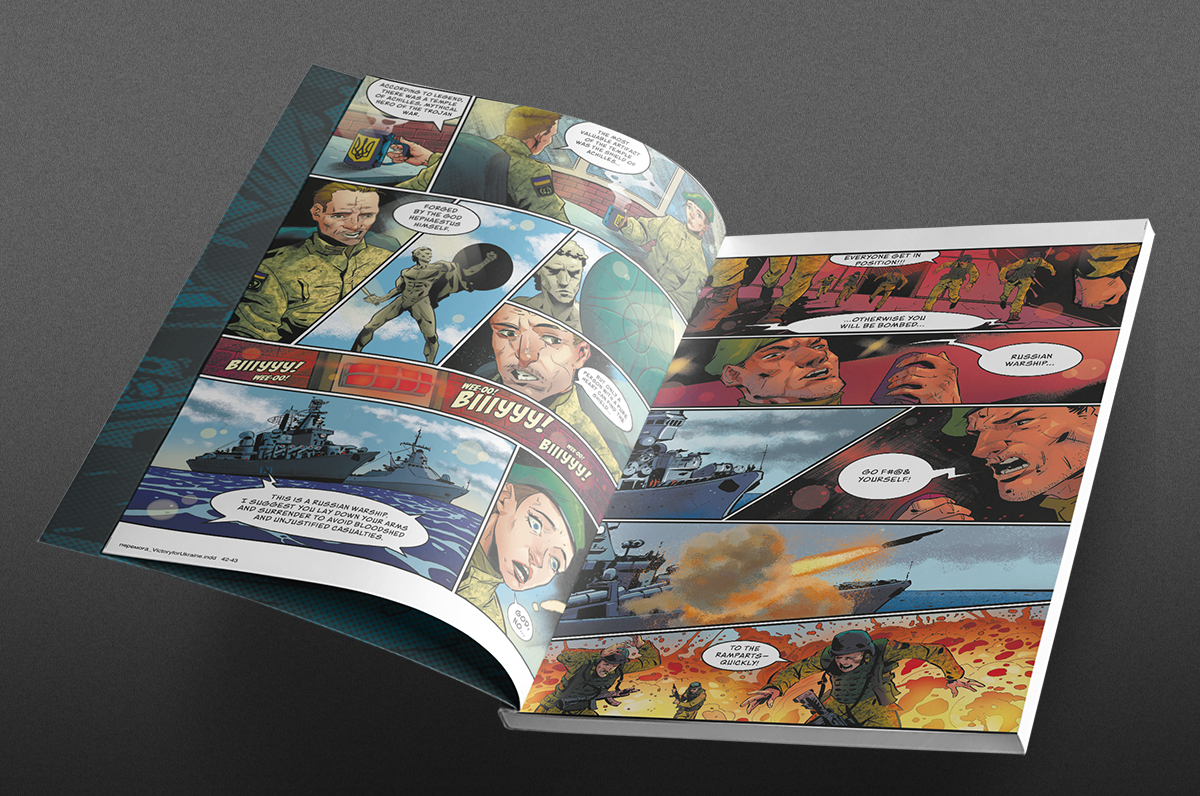
Actually, the collections of comics “Way to Victory. Courage” and “Way to Victory. Freedom” capture, in fact, contemporary Ukrainians who have become mythological heroes over time. Thanks to “Art Nation Loyalty” company comics have become more than published editions — a basis of a charitable campaign of “Aurora” multimarket chain. Income from sold copies via fundraising platform UNITED24 is aimed at buying spy drones RQ-35 Heidrun. Mark Hamill, star of “Star Wars” is an ambassador of this fundraising, and he underlines that the real heroes are not fictional characters but real people who are in need of real help.
Vyacheslav Buhayov and Denys Fadeev are authors of the idea, and these are the people we already know from the series of comics “Volya” and “Knyazha Volya” (Olha Voznyuk and Oleksandr Fylypovych from “The Will Production” also worked on the comics). In most of the episodes, Denys Fadeev was responsible for the script. Since different artists worked on the collections, this affects the diversity of the style of story drawing, which seems to bring back the days of the “K9” magazine. The styles of Maksym Bohdanovskyi (“Over the Centuries”), Bohdana Vitkovska (“A Brave Tractor”), Kateryna Kosheleva (“A Witch”) and Volodymyr Parovoznyk (“Looters”) are striking.
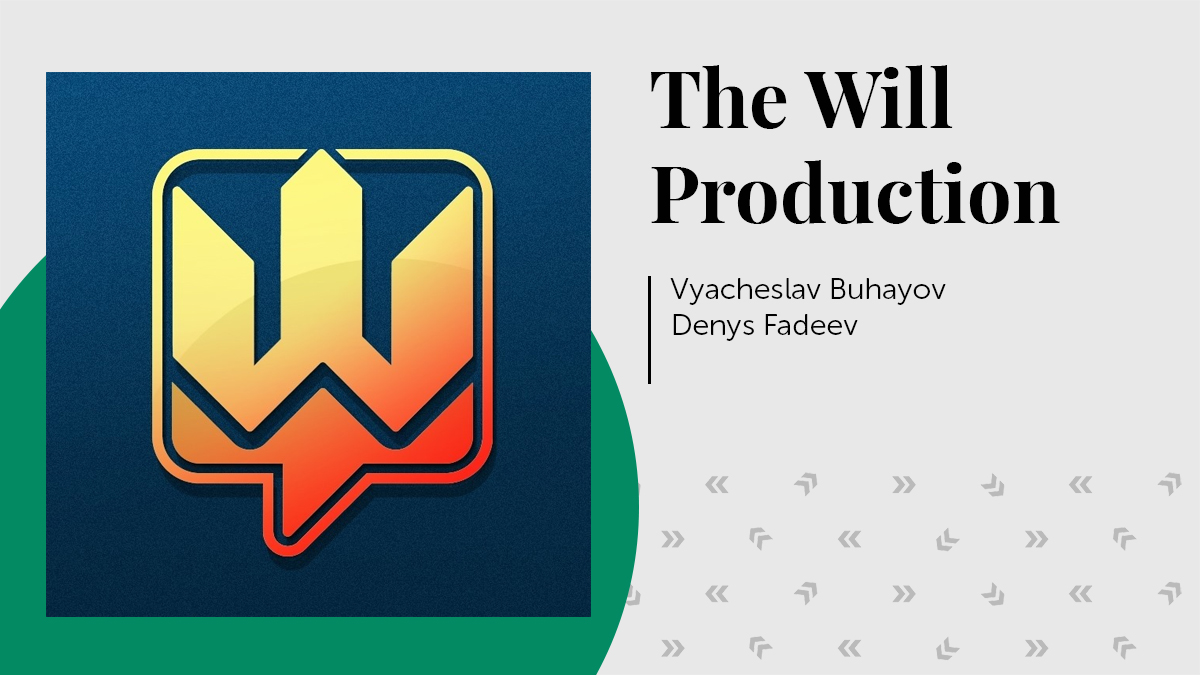
“The heroes are a logical part of the stories, emphasizing their main idea. Most of them are legendary embodiments of resistance of the Ukrainian people and the army — the Ghost of Kyiv, the Witch of Konotop, the Tractor Driver and so on, and they are the parts of the future victory, and each does their part in their place.
We were mostly inspired by the media. We realized we don’t know much about the real events, and we will only know some of them after the war is over. That’s why we decided to create more abstract stories, without bid to accuracy and historical validity, stories that everyone will understand, stories within the genre of myth-making or indirect emotional accents.”
It is interesting that the collection “Way to Victory. Freedom” starts with the myth — from the first episode of “Zmiinyi 13”. The story goes like this: once upon a time, Zmiinyi (the Snake Island) lay at the intersection of the trade routes of the ancient Greeks, and it was here that the temple of Achilles was located, the most valuable artifact of which was the hero’s shield forged by Hephaestus. During the struggle between the unequal forces of the Ukrainian border guards and the crew of the battle cruiser “Moskva”, one of the characters sees a statue of Achilles, who hands her over his shield, which is worthy of only a person with a pure heart.

The second episode, “The Ghost of Kyiv”, is based on an enemy attack on the bell tower of Saint Sophia Cathedral, which again emphasizes the confrontation between good and evil on a spiritual level, and not just the fact of intentionally destroying a historical monument. Here, the Ghost of Kyiv, just like Prometheus, risks his life, leading the enemy out of residential areas because “it was necessary to do so”. In the story “Over the Centuries”, the heroes almost bare handedly stop enemy tanks — using rifles only — on the Serpent’s Wall in Kyiv region, built in the times of Volodymyr the Great and Yaroslav the Wise, which have served Ukrainians for a thousand years. Here and further, the historical and legendary components are inseparable, not only updating ancient myths but also building new ones on their basis. And this myth-making performs several functions — at least two: it perpetuates history by glorifying heroes, it brings long-awaited peace of mind because life is somehow calmer when you know that somewhere nearby there lives a woman who can shoot down an enemy drone with a jar of either cucumbers or tomatoes.
The question of what a Ukrainian superhero should look like is no longer relevant because we know the answer. The Ukrainian superhero has many faces and names, and their main goal is to defend the freedom of Ukraine. Of course, there is a great prospect of transformation from the individual to the universal, as in the case of the Ghost of Kyiv, which is a collective image of Ukrainian brave pilots. Absolutely obvious is the fact that it is too early to talk about a clearly defined phenomenon — it takes time to comprehend and rethink the events that are happening every day. However, it is now clear that the hero protects us not only on the physical but also on the mental level, he keeps us from the mayhem of history by turning bloody everyday life into something eternal — a myth that will carry the knowledge of brave men and women over the centuries.
The material was created in collaboration.
This publication is sponsored by the Chytomo’s Patreon community
що більше читаєш – то ширші можливості




